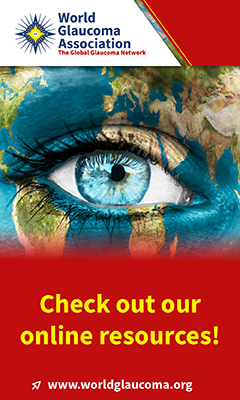advertisement

Abstract #8884 Published in IGR 5-2
Glial reactivity in ciliary neurotrophic factor deficient mice after optic nerve lesion
Martin A; Hofmann HD; Kirsch MJournal of Neuroscience 2003; 23: 5416-5424
There is evidence that ciliary neurotrophic factor (CNTF), in addition to its neurotrophic activity, positively regulates astrogliosis after CNS injury. CNTF and its receptor, CNTFRα, are strongly upregulated in activated astrocytes. Application of CNTF upregulates GFAP expression in cultured astrocytes and induces various aspects of gliosis in the intact brain. Here, the authors examined whether inactivation of the CNTF gene results in the expected changes in glial reactivity by analyzing gliosis in the superior colliculus (SC) after optic nerve crush. Basal expression levels of GFAP and vimentin in unlesioned CNTF deficient mice were reduced by 66 and 37%, respectively. Absolute numbers of astrocytes were found not to be different. Surprisingly, however, lesion induced robust activation of astrocytes in CNTF deficient mice; the time course of activation was even accelerated as compared with wild type animals. At later time points, activation reached the same level. With respect to microglial cells, basal expression of microglial markers was unaltered in CNTF knock out animals. Lesion induced upregulation of Iba 1, ICAM 1, and F4/80 in microglial cells was unaffected in CNTF deficient animals. Differences were observed with respect to the time course of microglial activation, different markers being affected differentiatly. The authors further demonstrate that lesion induces upregulation of CNTF-related cytokines (LIF, NNT 1) and, interestingly, a more pronounced upregulation of cytokine receptor components (LIF receptor β, gp130) and TGFβ in CNTF deficient animals. The results thus indicate that CNTF is required for the development and maintenance of the mature astrocyte phenotype and provide evidence that CNTF is part of the complex regulatory network modulating lesional glial reactivity after lesion.
Dr. M. Kirsch, Institute of Anatomy I, University of Freiburg, Albertstrasse 23, D 79104 Freiburg, Germany. matthias.kirsch@zfn.uni freiburg.de
Classification:
2.13 Retina and retinal nerve fibre layer (Part of: 2 Anatomical structures in glaucoma)
3.5 Molecular biology incl. SiRNA (Part of: 3 Laboratory methods)
5 Experimental glaucoma; animal models